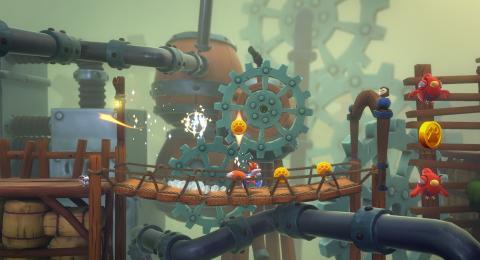
Feel like Port Royal doesn't push your new RTX 3000 series graphics card enough? Want to get ready for when it or your pre-ordered RDNA2 GPU shows up? 3DMark has a new test for DirectX Ray Tracing that is hardware agnostic (as long as you have a DirectX Ray tracing capable GPU) and is a free upgrade for everyone who already owns the Port Royal version of 3DMark.
Ray tracing is an incredibly demanding feature of modern games. It is a much more realistic way to model realtime lighting, but it puts incredible stress on the GPU. That's why it demands dedicated hardware acceleration and has been possible with Nvidia's RTX 2000 series GPUs for a couple of years. The new generation RTX 3000 series cards, however, are far more capable, and AMD's upcoming RDNA2 GPUs should be equally impressive in many ways (though perhaps not ray tracing).
The new 3DMark DirectX Raytracing feature test supports all ray tracing capable cards and puts them through their paces with a demanding demo. It's around a minute long and sees a few androids doing what androids do in UL's futuristic city setting. There is a lot of reflective light going on in this scene and heaps of depth of field play to make some of the effects possible in greater detail up close.
You may also notice the extreme amount of noise during the transitions. This is where clever technologies from the new GPUs can really help clear up ray traced images, and is a clear example of just how important these new cards are in making ray tracing look believably real and viable on modern hardware.
To give you an idea of what frame rates you can expect, RTX 3080s are hitting around 48 frames per second on average.
How well will your system fare?








